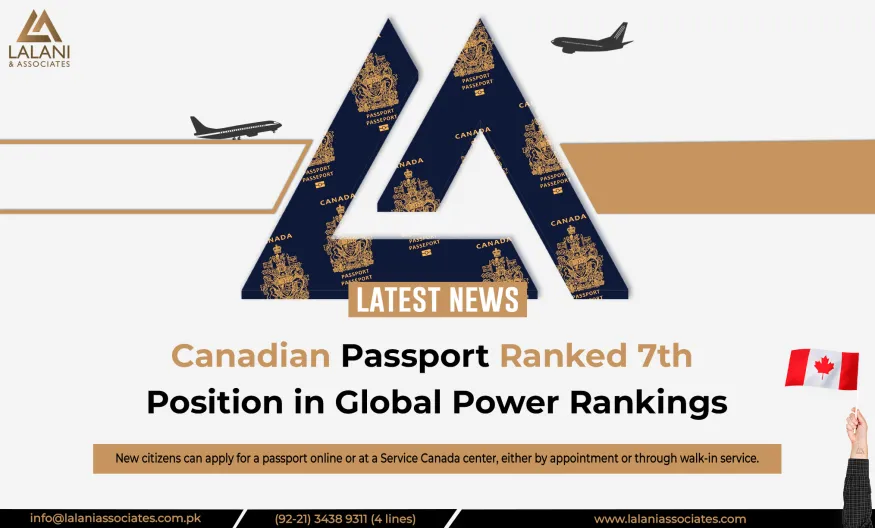
Henley and Partners, a firm that advises on residency and citizenship, recently released their 2024 rankings of the world’s most powerful passports, using data from the International Air Transport Authority. This year, the Canadian passport was ranked as the seventh most powerful globally. The ranking considers several factors, including the number of countries that allow visa-free entry to Canadian passport holders.
Canadian passport holders can travel to 187 countries without needing a visa. Many of these countries also offer work and study opportunities. Additionally, many Canadians enjoy the benefit of holding dual citizenship, which allows them to hold two passports. This is the second consecutive year that the Canadian passport has held the seventh position, tied with the passports of Czechia, Hungary, and Malta.
At the top of the rankings, Singapore retained the number one spot, offering visa-free access to 195 countries. The second place was shared by France, Germany, Italy, Japan, and Spain, each allowing visa-free travel to 192 countries. The United States, ranking the lowest among G7 nations, fell to eighth place, providing visa-free travel to 186 countries. Afghanistan ranked last, with visa-free access to only 26 countries.
The Resilience of the Canadian Passport
The Canadian passport has consistently been a strong asset for its holders. Over the years, Henley and Partners have recognized its strength, ranking it as the second most powerful passport in 2014. In nearly two decades of producing these rankings, Canada’s passport has never fallen below the top 10.
Steps to Obtain a Canadian Passport
1. Become a Canadian Citizen
To get a Canadian passport, you must first be a Canadian citizen. If you weren’t born in Canada, this usually means becoming a permanent resident and meeting certain residency requirements. You need to live in Canada for at least three out of the last five years, which totals around 1,095 days.
Note: If you are the child of a Canadian citizen who was a citizen when you were born, you might be eligible for citizenship through your parent. Recent rules have extended this eligibility to some children of Canadians born abroad.
After becoming a permanent resident and meeting the residency requirements, you must also:
- File Your Taxes: Ensure you’ve filed and paid any required taxes during your residency.
- Pass the Citizenship Test: Successfully complete the Canadian citizenship test.
- Meet Language Requirements: Demonstrate your proficiency in English or French at a Canadian Language Benchmark (CLB) level 4.
Generally, it takes at least three years to become a Canadian citizen through naturalization.
2. Apply for a Canadian Passport
Once you’ve attended the citizenship ceremony and received your citizenship certificate, you can apply for a Canadian passport. All legal Canadian citizens can apply, though certain issues like misrepresentation, security concerns, human rights violations, or ties to organized crime can make you ineligible.
To apply, you’ll need the following documents:
- Proof of Canadian citizenship (e.g., citizenship certificate or Canadian birth certificate)
- Any current Canadian passport or travel document issued in your name
- Two references to support your application
- A document confirming your identity
- Two identical passport-size photos
First-time applicants also need a guarantor. The guarantor must meet specific criteria, which depend on the type of passport and where you apply.
New citizens can apply for a passport online or at a Service Canada center, either by appointment or through walk-in service.


0 Comments